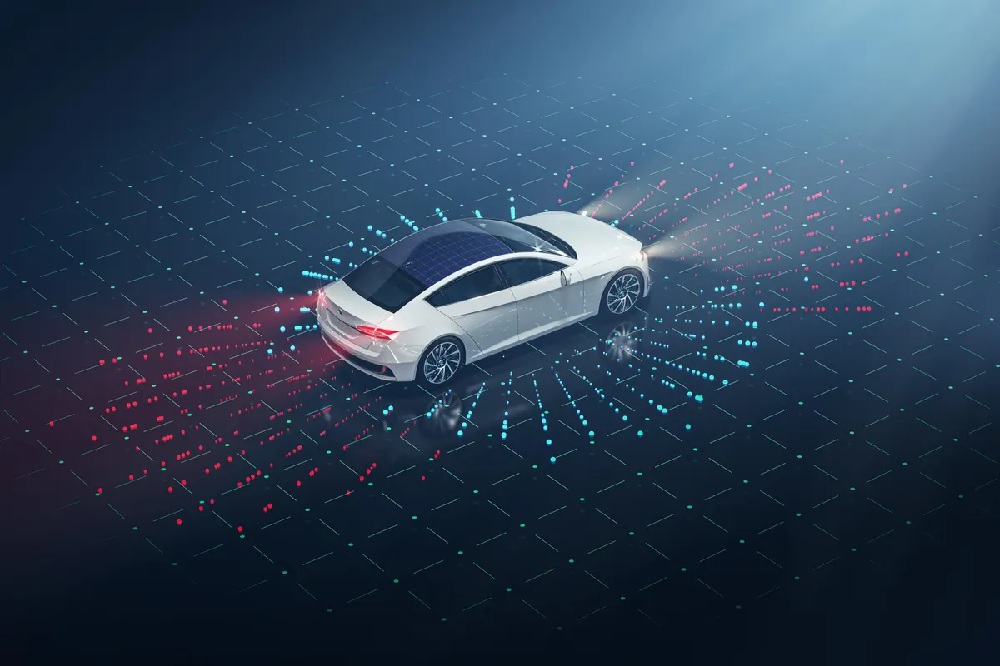The race towards autonomous vehicles is in full swing, and 5G technology is set to revolutionize the industry. The fifth-generation network promises to deliver faster speeds, lower latency, and greater reliability, which will be crucial in enabling cars to communicate with one another and with infrastructure.
Low Latency for Faster Decision Making
One of the biggest benefits of 5G is its low latency. Latency is the time it takes for data to travel between devices, and it’s a critical factor in autonomous driving. With 5G, latency is expected to be reduced to just a few milliseconds, enabling cars to make split-second decisions based on real-time data. This will be particularly important in situations that require immediate action, such as avoiding an obstacle or responding to a pedestrian.
Improved Vehicle-to-Everything (V2X) Communication
5G will also improve vehicle-to-everything (V2X) communication, which is the exchange of information between vehicles and infrastructure. This will enable cars to communicate with traffic lights, road signs, and other vehicles, providing a more comprehensive view of the road ahead. For example, if a car ahead slams on its brakes, it can send a signal to the cars behind to warn them of the danger.
Increased Data Capacity for More Accurate Mapping
The increased data capacity of 5G will also be crucial in creating more accurate maps for autonomous vehicles. Currently, maps are created using cameras, lidar, and other sensors on the vehicle, but these can only capture a limited amount of data. With 5G, cars will be able to access real-time data from other vehicles and infrastructure, providing a more detailed and up-to-date map of the road network.
Challenges to Overcome
While 5G holds great promise for the future of autonomous vehicles, there are still some challenges that need to be overcome. One of the biggest challenges is the need for a comprehensive 5G infrastructure. For 5G to work effectively, it needs to be available everywhere, and that requires a significant investment in infrastructure.
Another challenge is the cost of implementing 5G technology in vehicles. While the cost of 5G chips is expected to decrease over time, it will still be a significant investment for car manufacturers to make. This could slow down the adoption of 5G in the automotive industry.
Conclusion
Despite these challenges, the potential benefits of 5G in the autonomous vehicle industry are too great to ignore. With its faster speeds, lower latency, and greater reliability, 5G will be a game-changer in enabling cars to communicate with one another and with infrastructure. As the race towards autonomous vehicles continues, 5G will be a crucial enabler in transforming the future of transportation.




